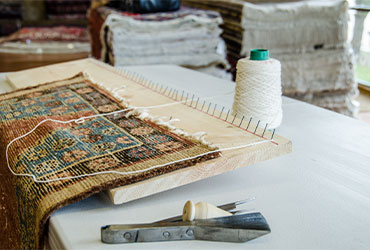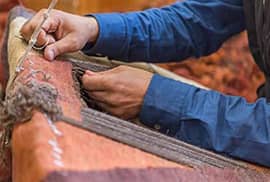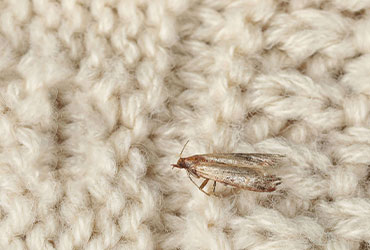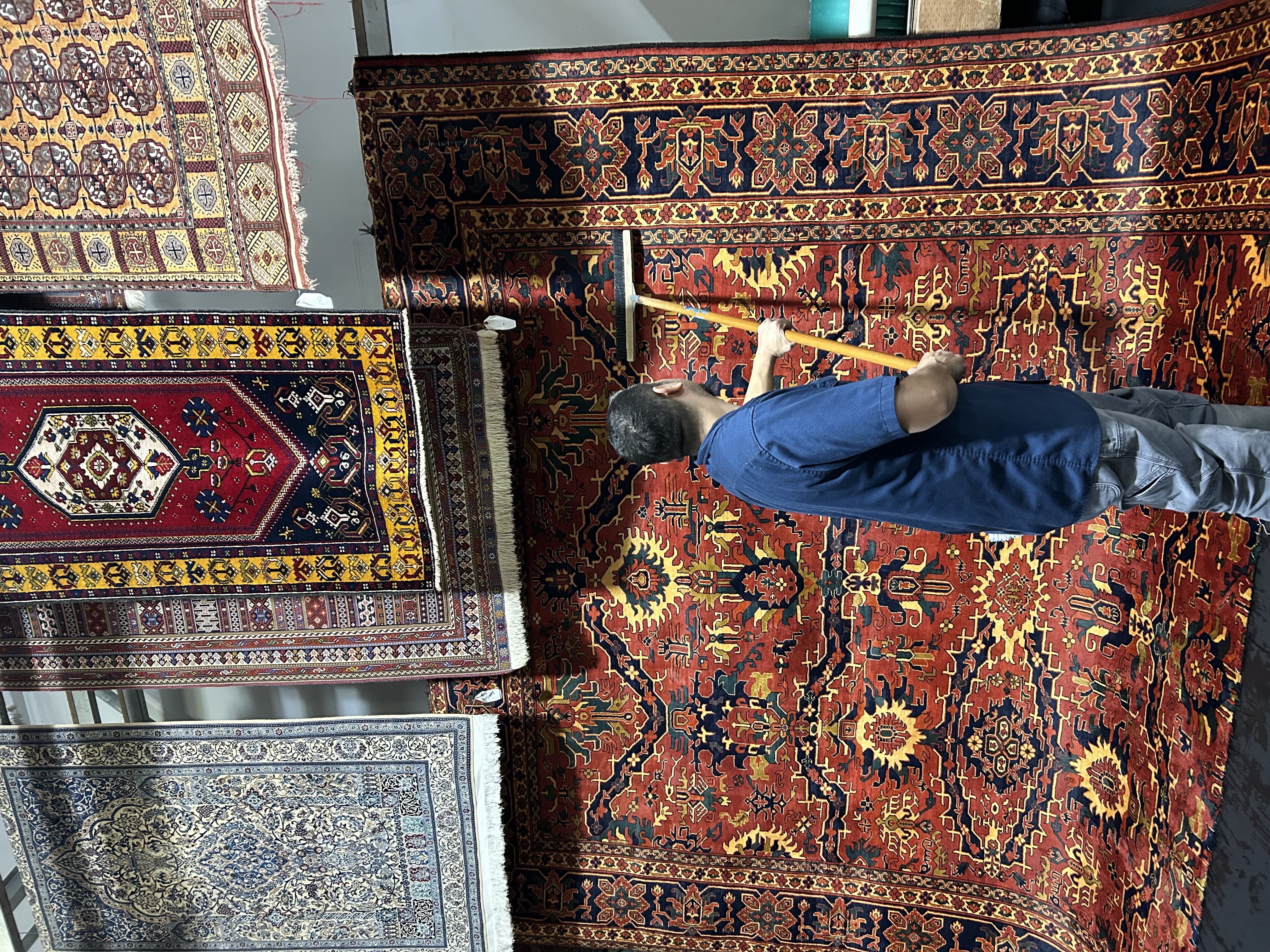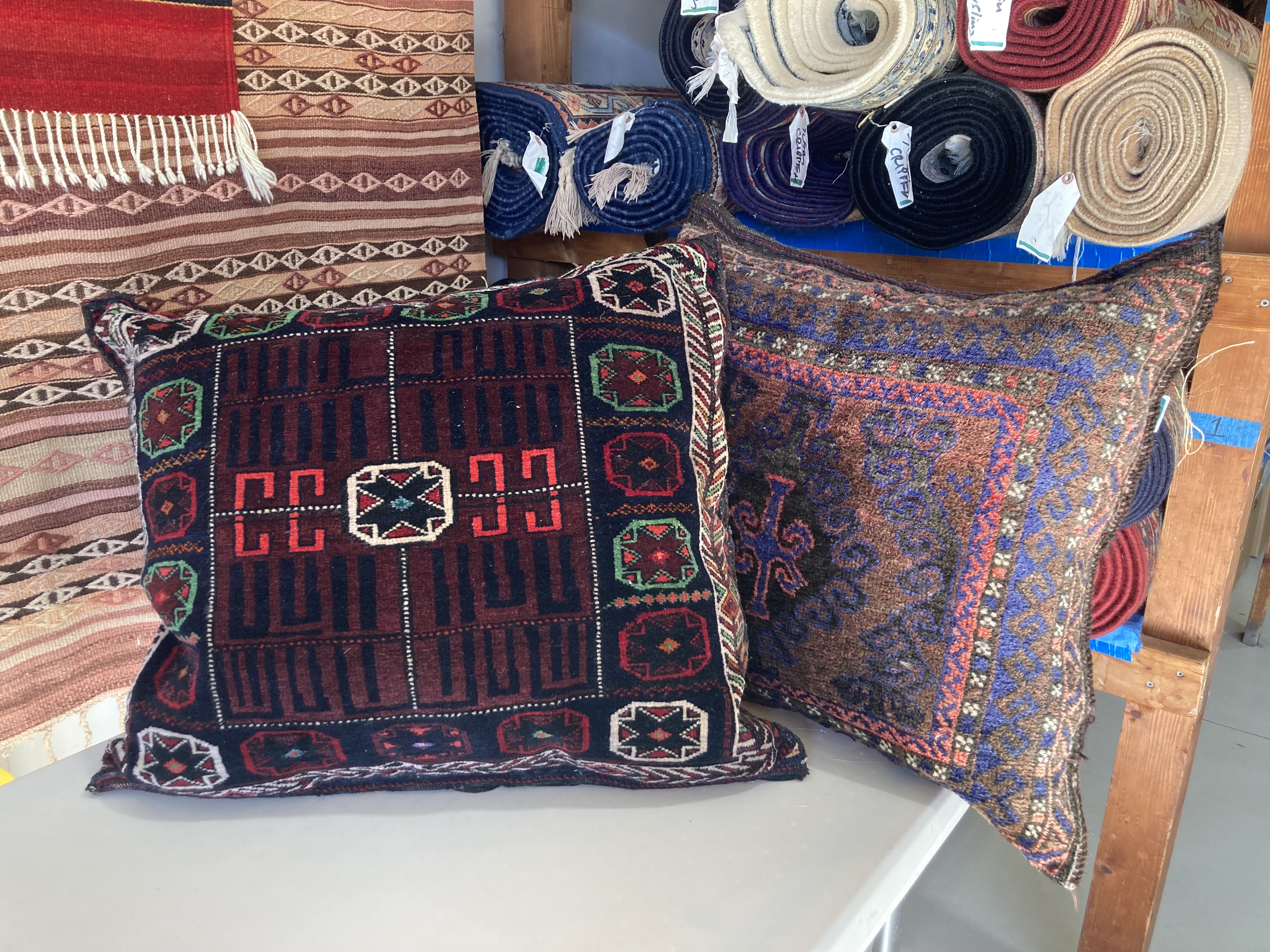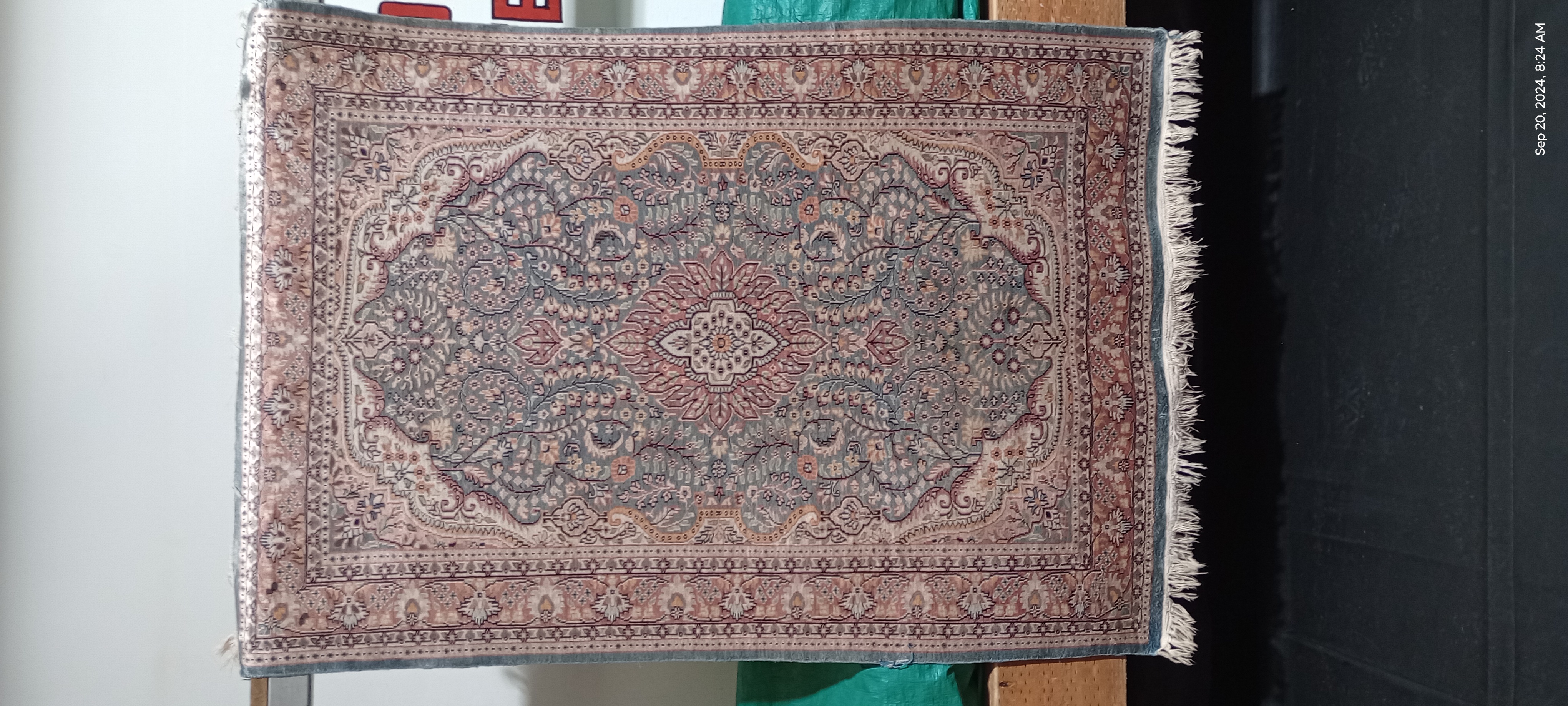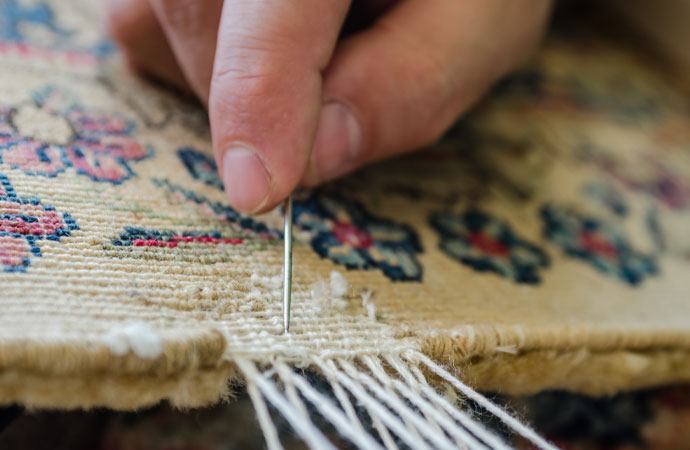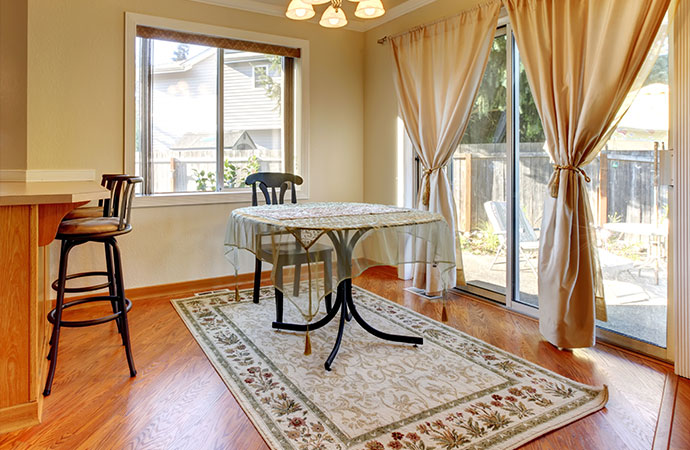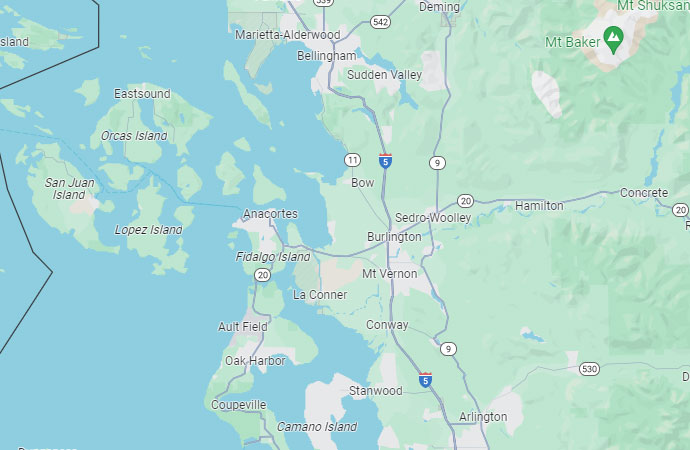Common Rug Issues We Can Can Repair
Many customers come to our facility thinking their treasured rug is not repairable. Our specialists can fix a variety of rugs that have damage.
Rug Fringe Repair in Northwestern Washington
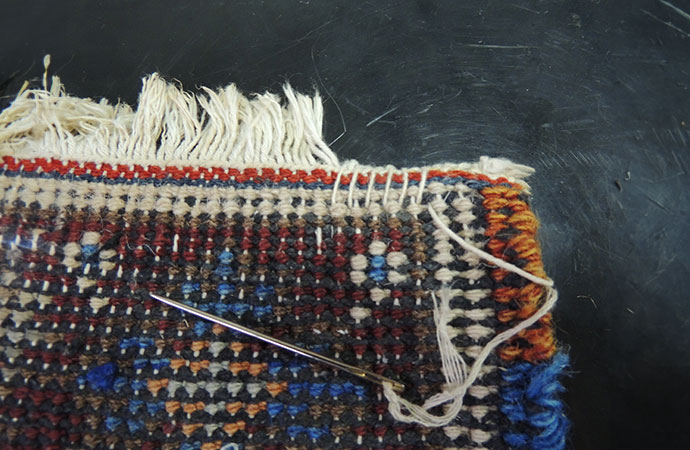
Fringe is a basic component of many hand woven area rugs. It's common for rug fringe to wear out, fray, become stained or excessively soiled, fade, become pet-damaged or caught in vacuum cleaners, unravel or lose stability. New stitching or fringe repair methods can give fringe an updated appearance.
Evening Up Damaged Fringe
If your fringe is worn to a point where it’s shorter on a portion of the rug, the remaining fringe can be cut to provides a better look and maintain your rug's value and appearance. Our master weavers can expertly oversee repairs that involve patching or repairing holes, reweaving rug sections, or overdyeing. Fringe repair by Steam Sweepers delivers the best results, superior service, and total customer satisfaction throughout our Washington service area. Call or contact us online to consult with a Steam Sweepers rug repair expert.
Learn About Our Fringe Repair ProcessCommon Reasons for Rug Fringe Damage
Over the years, we've seen thousands of rugs with damage and fringe damage is one of the most common issues we see. There are a variety of causes that contribute to the damage:
- Fraying due to age
- Soiling or stains
- Fading
- Damage from pets
- Stretching or pulling from vacuums
- Unraveling
- A loss in stability
New stitching or fringe repair methods can give fringe an updated appearance.
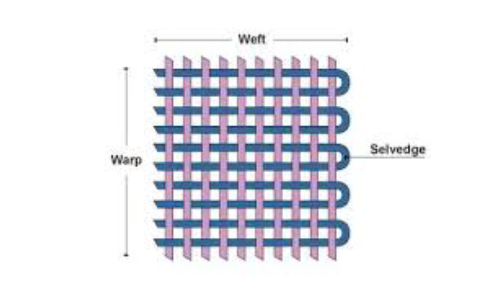
Expert Selvage and Border Rug Repair
The finished edge of any woven textile of a rug is called the selvage. Selvage separation on production rugs is normal wear. Many production rugs from Iran, India and particularly Pakistan have problems with the selvage separating from the side of the rug.
Repairing rug sides “Selvage” are the most common rug repairs
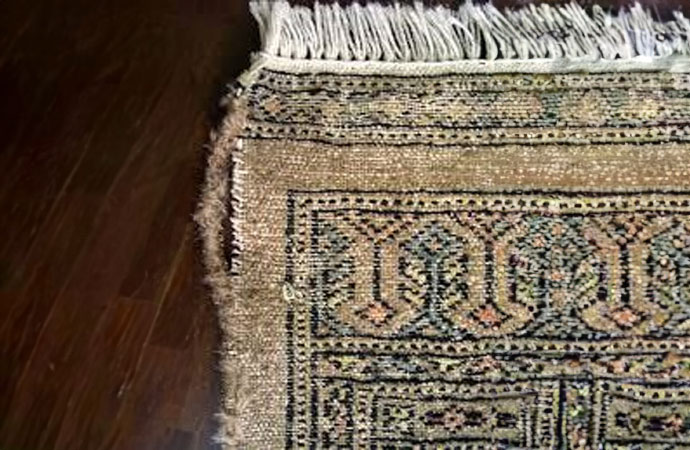
This image shows the warp yarns have been cut on one side and not the other. The cut side will be prone selvage separation.
Selvage separation is caused because the wefts are cut along the entire length of the rug. Production looms can have three to five rugs woven onto a single loom, making it necessary to cut the weft yarns along the sides of the rug, this cut separates one rug from the other. A selvage cord is then over casted (Whip Stitched) by interlocking between warp yarns. Since the weft yarns did not make the 180 degrees return to the other side of the rug (remember they were cut) the only thing preventing the selvage from separating are a couple warp yarns, maybe three. Over time production rug sides (Selvage) will need to be repaired.
If one side of the rug bordered either side of the production loom during the weaving, only that particular side of the rug would be susceptible to the selvage separating. The side of the rug bordering the loom is not inherent to problems because the weft yarns are woven back into warp yarns on their journey to the other side of the rug. The selvage would be secure on this side of the rug since the warp would be secure by interwoven wefts as in the illustration above.
Experience Rug Repair Specialist in Washington
Selvage damage or worn-out fringe diminishes the appearance of your area rug, but Steam Sweepers Rug Cleaning has the fringe repair solutions to give your area rug a like-new, professionally finished appearance. We're your rug repair experts in cities throughout our Washington service area.
We're available in Bellingham, Mount Vernon, Stanwood, Oak Harbor, and more cities in our Washington service area.We ensure safe transport to our reliable rug cleaning and rug repair facility. This service is the perfect solution for busy individuals, families with young children, or anyone who simply wants to make rug care a more convenient experience.
360-762-3020

